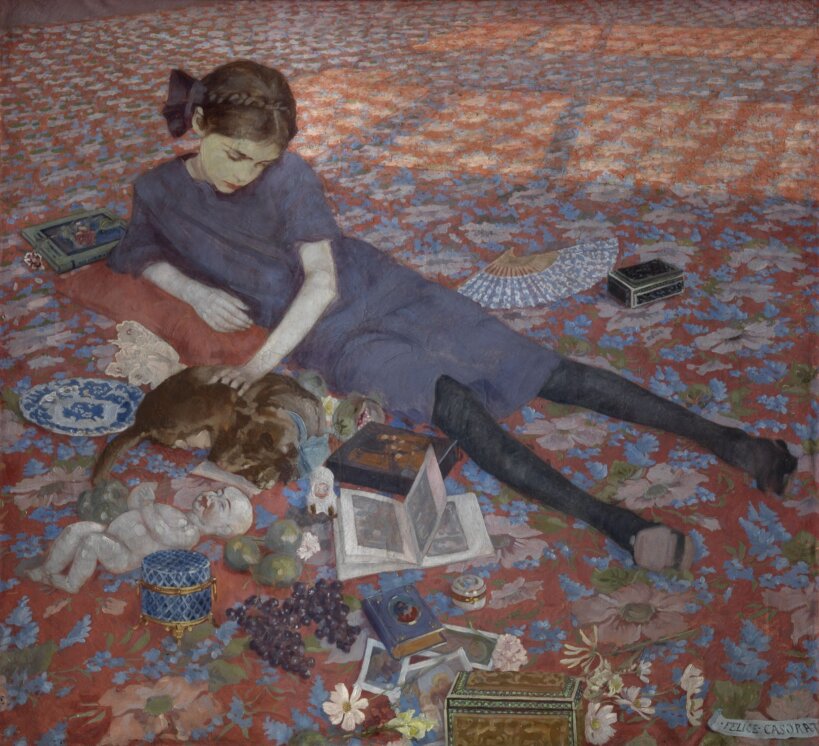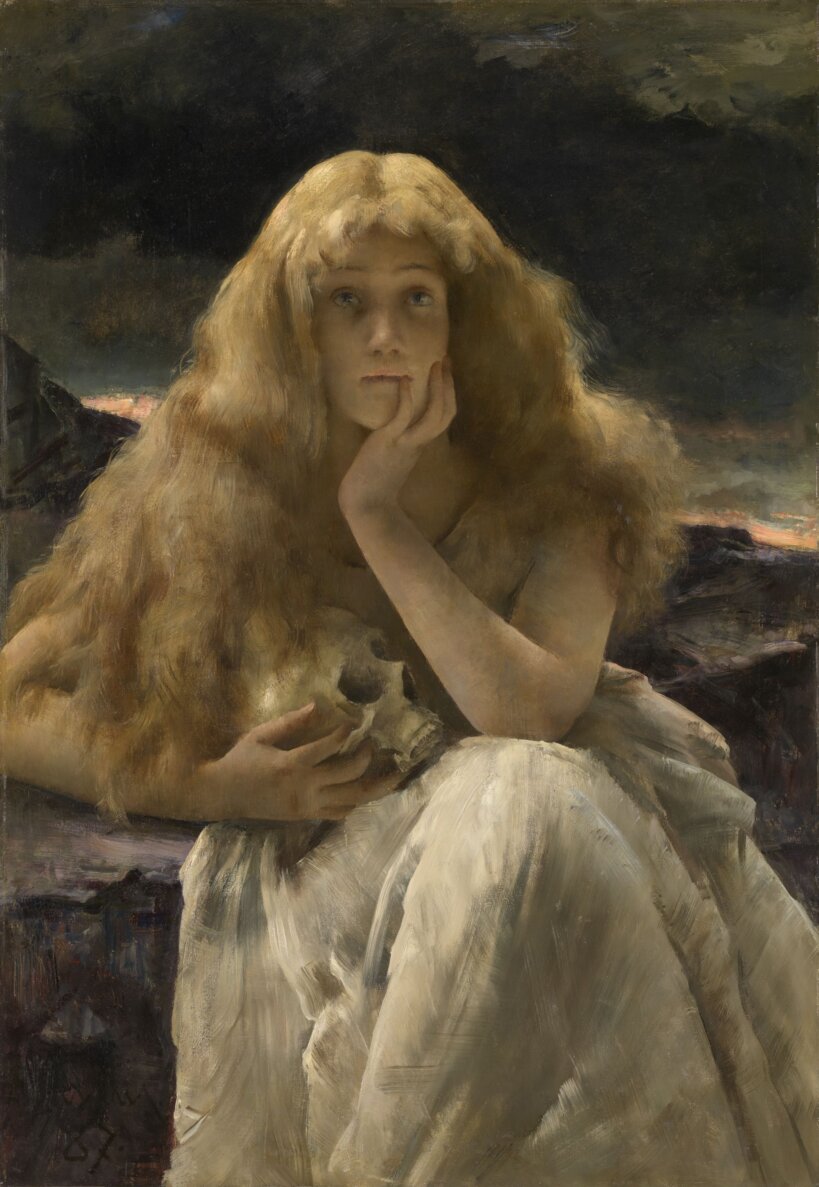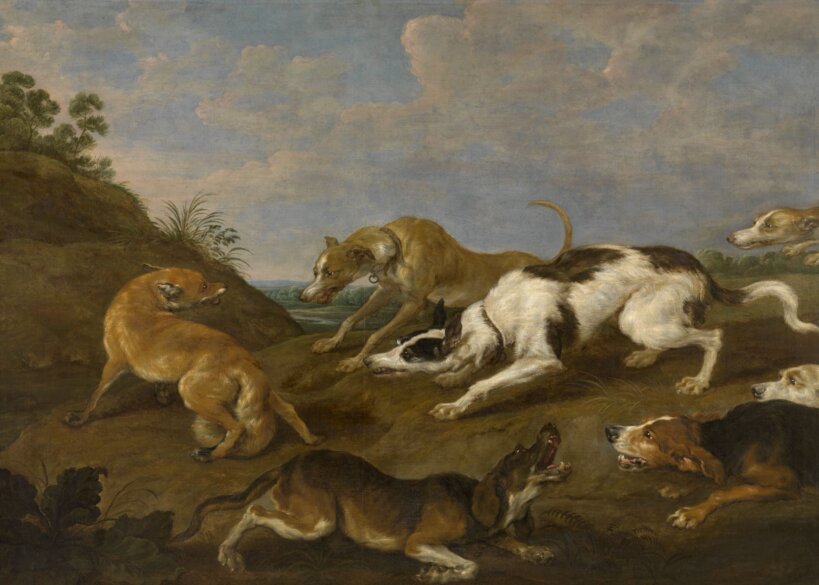What motivated you to make this audio guide?
Lotte: We wanted Schoonvolk, the MSK’s youth collective, to have more of a presence in the museum. An audio guide seemed like a good tool for that. We also wanted to illuminate issues that young people are interested in, and at the same time link them to art.
How did you choose the topics and write the text for the stops?
Lotte: We started with a list of about 20 topics that are relevant to young people’s lives: mental health, gender roles, Instagram filters, their relationships with their bodies and so on. Then we distributed the topics among the Schoonvolk members and asked them to look for works of art that reflected them.
Maaike: We also did research. For example, my entry about dancing (see below) discusses the idea that we all have a natural sense of rhythm, and I looked into that in depth. For the entry about the human body I did some historical research on clothes that people wore in the past.







